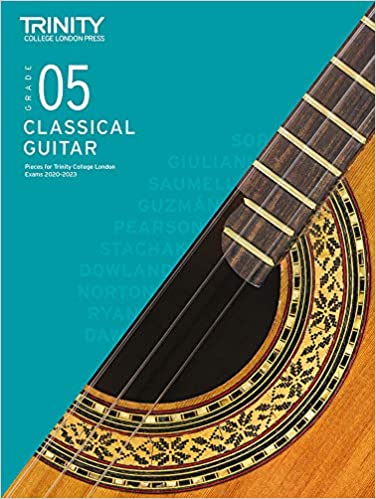Grade 5
|
Musical Knowledge
These questions test the candidate’s understanding of their chosen pieces, the context of their performance and their knowledge of their instrument and its technical demands, including best practice for rehearsal and performance. Five questions, each worth 2 marks, will normally be asked. Questions will include discussions on most of the areas mentioned below, but not all parameters will be relevant to all disciplines and pieces, and examiners will select questions as appropriate. Grade 5 As for previous grades, and additionally:
|
Allegro
|
|
Allegro by Santiago de Murcia (1673 - 1739)
Bars 9 - 19 a high tune is added to the accompaniment. Bars 20 - 27 a variation in D major Bars 32 - 36 a reprise of the opening accompaniment figure, now in D major. Key - D minor. From bar 28 it modulates through a series of keys by means of SEQUENCES (melodic phrases repeated higher or lower) through D minor - C major - F major - G major - A major - D minor. |
